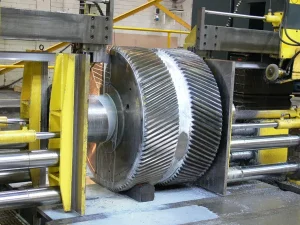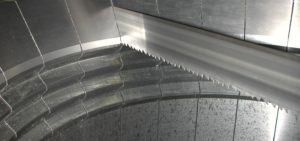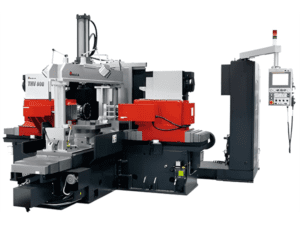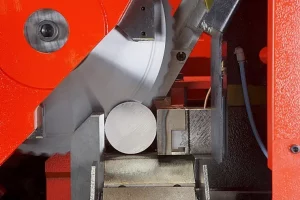How Water Jet Cutting Works and Its Applications in Modern Manufacturing
Water jet cutting is a powerful and versatile technique that has revolutionised modern manufacturing. By using a high-pressure stream of water, sometimes mixed with an abrasive substance, water jet cutting can cut through a wide range of materials with remarkable precision. In this blog, we’ll explore how water jet cutting works and where it’s applied in today’s industries.
The Science Behind Water Jet Cutting
Water jet cutting relies on a high-pressure stream of water to slice through materials. For softer materials, pure water is sufficient. However, for tougher materials like metal or stone, an abrasive substance, often garnet, is mixed with the water. This combination creates a highly focused cutting stream that can slice through materials as thick as steel plates.
Advantages of Water Jet Cutting
One major advantage of water jet cutting is that it doesn’t generate heat, unlike laser or plasma cutting. This “cold cutting” process prevents heat distortion, making it ideal for materials that are sensitive to high temperatures. Additionally, water jet cutting produces smooth edges, reducing the need for additional finishing.
Applications Across Industries
Water jet cutting is used across various sectors, including aerospace, automotive, and construction. It can cut through metals, plastics, ceramics, glass, and even composites, making it one of the most versatile cutting methods available. In the aerospace industry, for instance, water jet cutting is valued for its ability to create precise, burr-free cuts in sensitive materials.
By understanding the benefits and applications of water jet cutting, manufacturers can leverage this technique to enhance their production processes, ensuring clean, precise cuts on a wide variety of materials.





